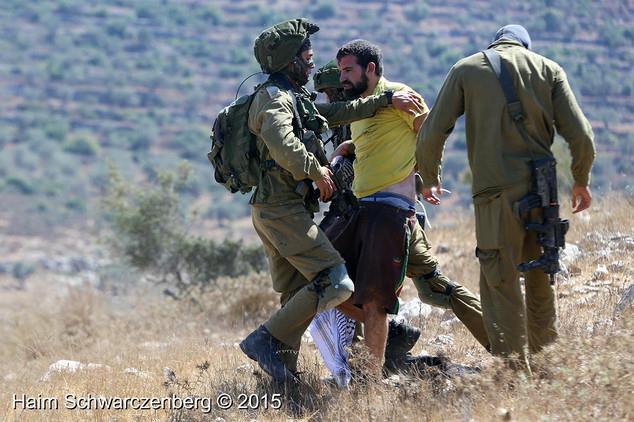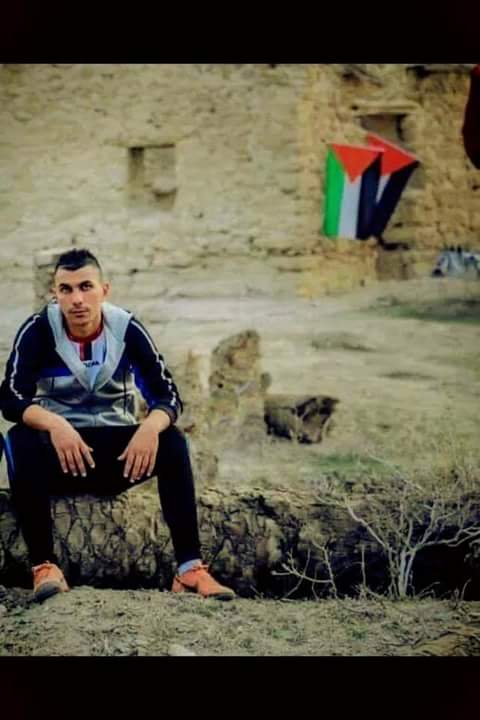-
Vittorio Fera free: ‘People need to open their blind eye!’
11th September 2015 | International Solidarity Movement, Al-Khalil Team | Hebron, occupied Palestine Vittorio Fera was arrested on 28th August 2015 at a peaceful demonstration in Nabi Saleh in occupied Palestine. He was beaten up several times by Israeli soldiers during and after his arrest and they only handed him over to the Israeli police […]
-
MAHMOUD NASSER IS FREE ! THANK YOU !
LAST UPDATE 30/09/2015 Thank you ! We have received the wonderful news that Mahmoud Nasser has been released from Ofer, the Israeli military occupation prison near Ramallah, yesterday night! Together with his family they celebrated his release on bail and we are all very grateful to all supporters and donators for their contribute!! Carry on […]
-
Testimony of Khuzaa’s massacre
8th September 2015 | International Solidarity Movement, Gaza Team | Khuzaa, Gaza Strip, Occupied Palestine One year after Israel’s attacks in the Gaza Strip, the massacre in Khuzaa is vividly remembered by one of its inhabitants. Dr Mohammed Qudaih lived with his family in Khuzaa, in the southern Gaza Strip, less than a kilometre away […]
Action Alert An Nabi Saleh Apartheid Wall Arrests BDS Bethlehem Bil'in Cast Lead Demonstration Denial of Entry Ethnic Cleansing Farmers Gaza Global Actions Hebron House Demolition International law Israeli Army Jerusalem Live Ammunition Nablus Ni'lin Prisoner Ramallah Rubber-coated steel bullets Settlement Settlers Settler violence Tear-Gas Canister Video



